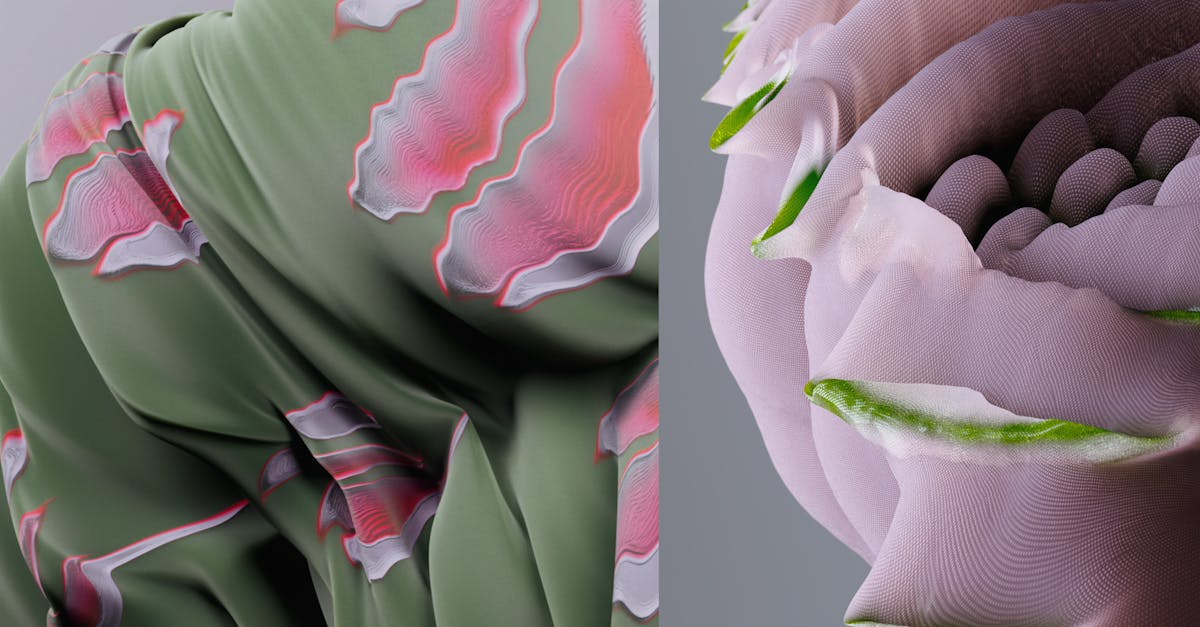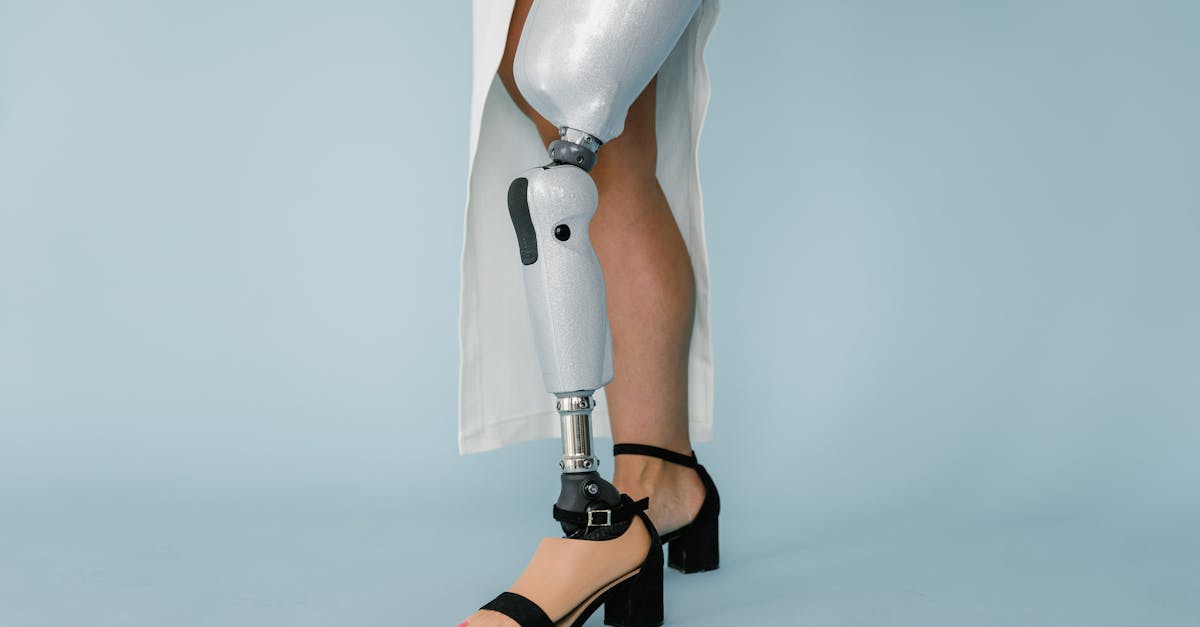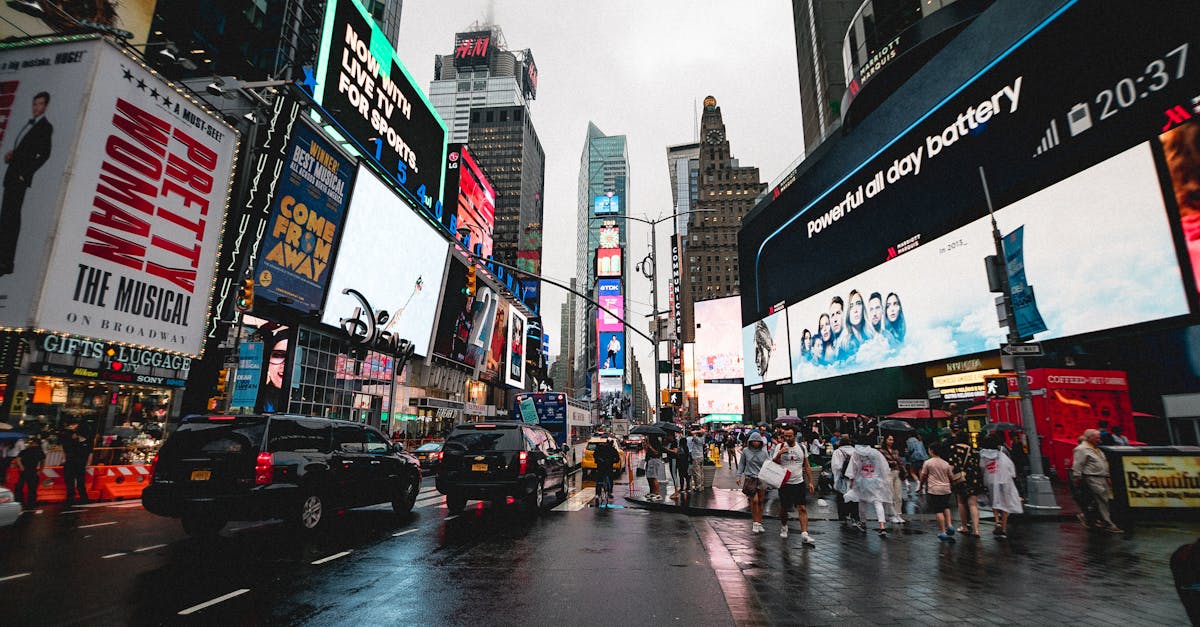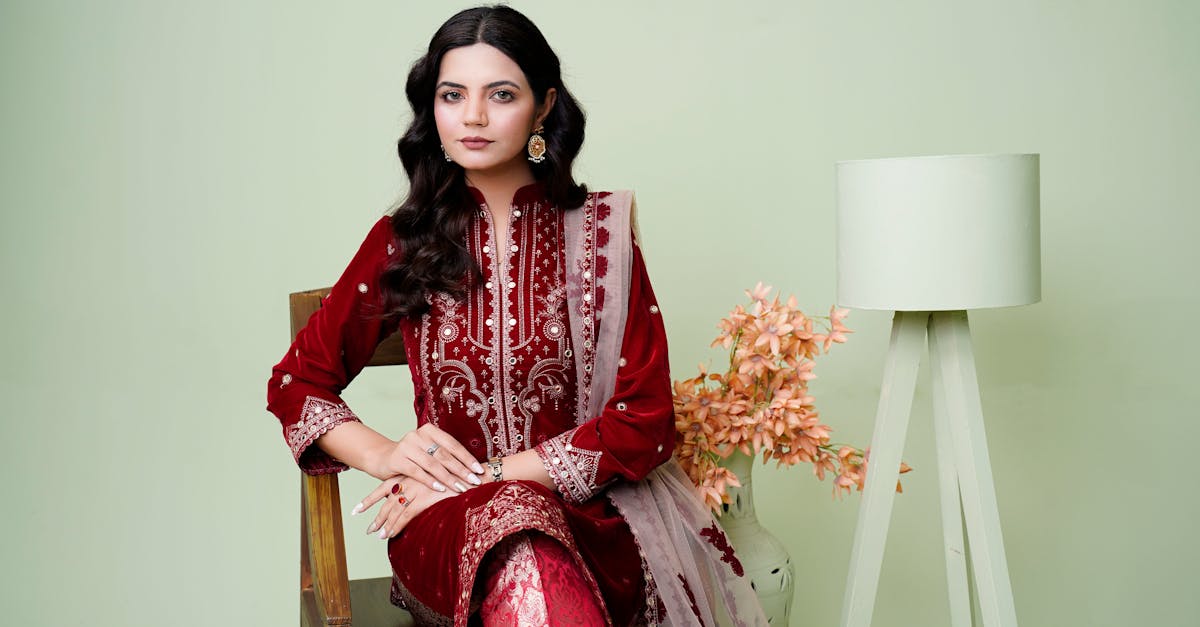Style Saga Fashion's Innovative Evolution
Introduction
Fashion, a compelling interplay of culture and creativity, has continually reinvented itself through time. From the silks of ancient China to today's tech-savvy textiles, fashion's journey is an intriguing tale of constant adaptation and growth. Progress in technology, sustainability, and global connectivity has revolutionized how garments are designed, produced, and consumed. The style saga is a testament to ingenuity, showcasing humanity's drive to express individuality and innovation. With each new era, the fashion industry has witnessed sweeping changes that redefine aesthetics and ethics. This article dives into the awe-inspiring evolution of fashion, spotlighting key innovations that shape our sartorial world.
Advertisement
The Technological Revolution in Textiles
Modern fashion owes much to the technological advancements of the past few decades. With the introduction of synthetic fibers like polyester and nylon in the mid-20th century, fashion became more accessible and versatile. 3D printing has further spurred innovation, allowing for intricate designs that were previously impossible. Innovations like "smart fabrics," which can regulate temperature or monitor health metrics, paint a futuristic picture of what fashion can achieve. The surge in digital design tools and AI has streamlined garment production, enabling designers to prototype faster and with less waste. Technology not only enhances the functionality of clothing but also pushes the boundaries of creativity and expression.
Advertisement
Sustainability The New Fashion Imperative
As awareness of environmental issues grows, sustainability has taken center stage in fashion innovation. The focus has shifted towards eco-friendly materials, such as organic cotton and biodegradable synthetics. Upcycling and recycling practices conserve resources, while eco-conscious brands explore innovative solutions like vegan leather made from mushrooms or apples. Circular fashion, which promotes the reuse and recycling of garments, offers an antidote to fast fashion's wastefulness. This sustainable ethos compels both designers and consumers to rethink fashion's impact on the planet. Coupled with transparency in the supply chain, these innovations are challenging the very definition of sustainable style.
Advertisement
The Role of Cultural Influence and Diversity
Fashion's evolution is deeply intertwined with cultural shifts and the celebration of diversity. As globalization connects different cultures, traditional garments find new life on contemporary runways. Designers draw inspiration from a vibrant tapestry of global aesthetics, merging traditional craft techniques with modern sensibilities. Inclusivity in fashion has given rise to collections that pay homage to various ethnic heritages, fostering a global sense of style. The industry's increasing embrace of body positivity and gender fluidity encourages all to partake in fashion's rich narrative. By celebrating inclusivity, fashion continually revitalizes itself, staying relevant and dynamic.
Advertisement
The Impact of Social Media and Digital Platforms
In the digital age, social media and online platforms have democratically reshaped the fashion landscape. Platforms like Instagram and TikTok have become modern-day runways where influencers and consumers dictate trends. This democratization has allowed smaller, independent designers to reach global audiences without traditional gatekeepers. Algorithms evaluate user data to tailor personalized shopping experiences, making fashion more accessible and engaging. E-commerce has skyrocketed, offering convenience and variety at the click of a button. With these digital tools, fashion is no longer a top-down narrative but a collaboration between creators and communities.
Advertisement
Innovative Apparel Technologies
Fashion-tech innovations have remained at the forefront of revolutionary changes, showcasing its potential for endless possibilities. One game-changer is wearable technology, including jackets that charge smartphones or fitness trackers embedded in shirts. These smart wearables blend fashion with functionality, offering consumers new ways to interact with their clothes. Another development is personalized fashion, powered by AI, offering custom-fitted garments tailored to individual body shapes. Additionally, augmented reality (AR) applications enable virtual fittings, reducing online shopping's uncertainty. These advancements redefine clothing as more than mere aesthetic objects, evolving into essential interactive tools.
Advertisement
The Influence of High Fashion and Street Style
The fusion of high fashion and streetwear marks a significant shift in fashion's evolution. Street style, once considered an underdog, now heavily influences luxury brand collections, blurring lines between exclusivity and accessibility. Collaborations between high-end designers and streetwear labels have led to avant-garde collections, marrying urban culture with luxury craftsmanship. Iconic sneakers and relaxed silhouettes are now staples in haute couture, a testament to street fashion's enduring impact. This cross-pollination of style embodies the democratization of fashion, where the everyday and the extraordinary coexist.
Advertisement
Fashion Industry Adaptations During Challenging Times
Recent years have highlighted the fashion industry's resilience in the face of adversity. The COVID-19 pandemic acclaimed new fashion practices, from virtual fashion shows to "see now, buy now" models. Designers adapted by embracing digital channels, presenting collections in unconventional formats like augmented reality. With economic pressures, brands reconsidered their priorities, fostering a shift towards seasonless collections and durability. Consumers, meanwhile, embraced practicality without forsaking style, leading to the rise of loungewear as a mainstream trend. Despite global challenges, the industry's adaptability ensures continued innovation and relevance.
Advertisement
Evolution of Fashion Education and Expertise
As fashion evolves, so too must the institutions that nurture its next generation. Innovations in fashion education now incorporate sustainability, technology, and inclusion into curricula. Virtual design studios offer budding designers hands-on experience without geographical constraints. Online courses democratize learning, providing equitable access to fashion knowledge worldwide. Industry partnerships and internships offer students real-world exposure, encouraging practical application along with theory. In an ever-changing landscape, fostering a holistic education model primes students to become the designers shaping tomorrow's fashion legacy.
Advertisement
The Journey Forward
Fashion's evolution has been marked by a blend of creativity, innovation, and resilience, propelling style into a future full of possibilities. Through technological advancements and an unwavering focus on sustainability, the industry continues to redefine boundaries. Cultural influences, digital platforms, and eco-consciousness reshape fashion into a more inclusive and responsible force. As we peer into what lies ahead, one thing remains certain: fashion’s ever-adaptable nature ensures its prominent role in our cultural narrative. With an eye on innovation and an ear tuned to the world's rhythm, the style saga continues to unfold, inviting all to partake in its dynamic journey.
Advertisement








